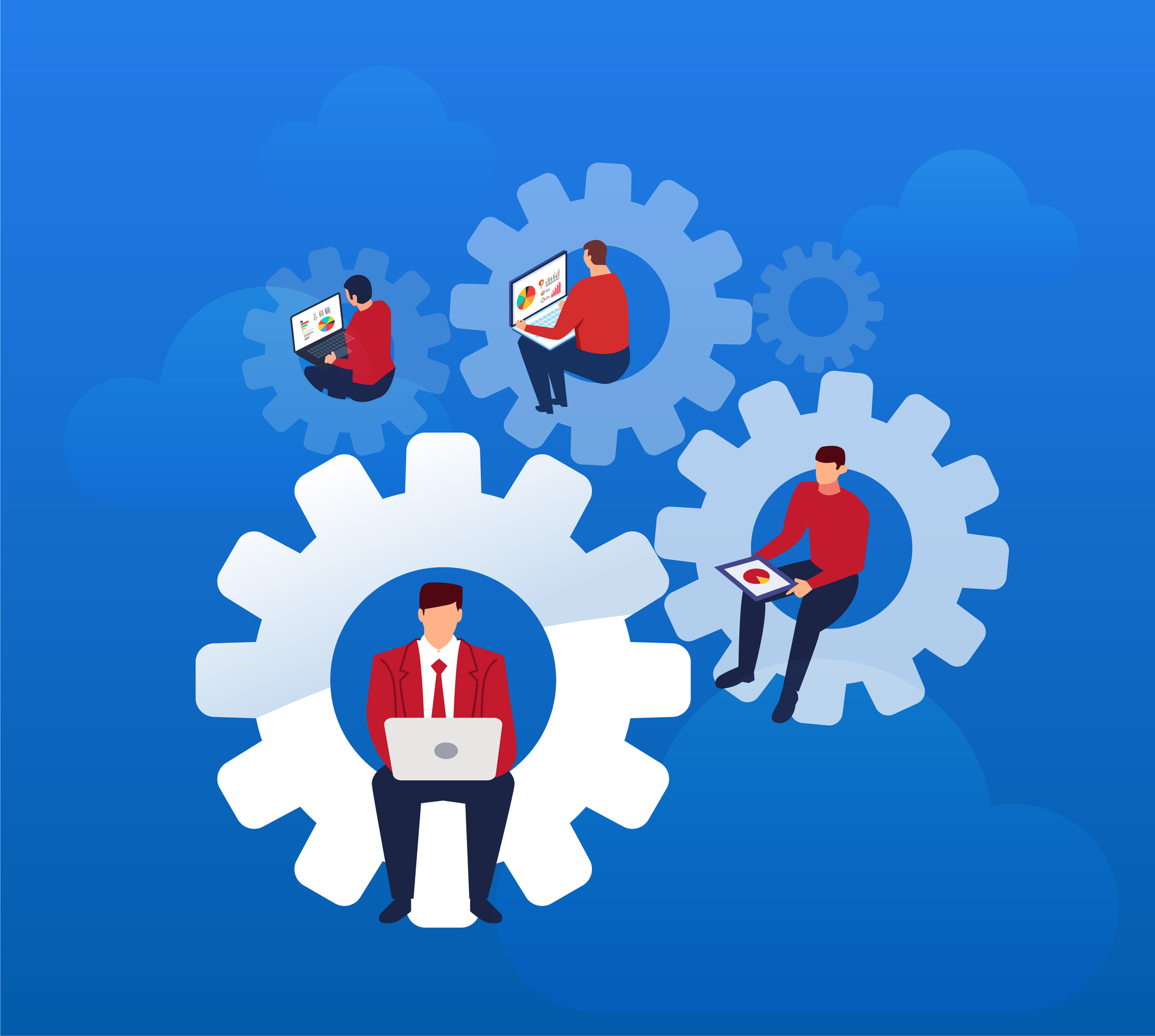What is Agile Development?
“Agile Development” is an umbrella term for a number of different iterative and incremental software development methodologies.
Although many of the principles and practices of Agile development have been around for years, the average software development team has yet to embrace many of these. Even today, the average software team does not iterate and deliver software incrementally, it does not practice continuous planning, nor does it automate things like user story generation or testing. As more resources become available to help organizations understand and adopt Agile development, the trend appears to be rapidly changing for the better, especially during the last several years.
Continue Reading




